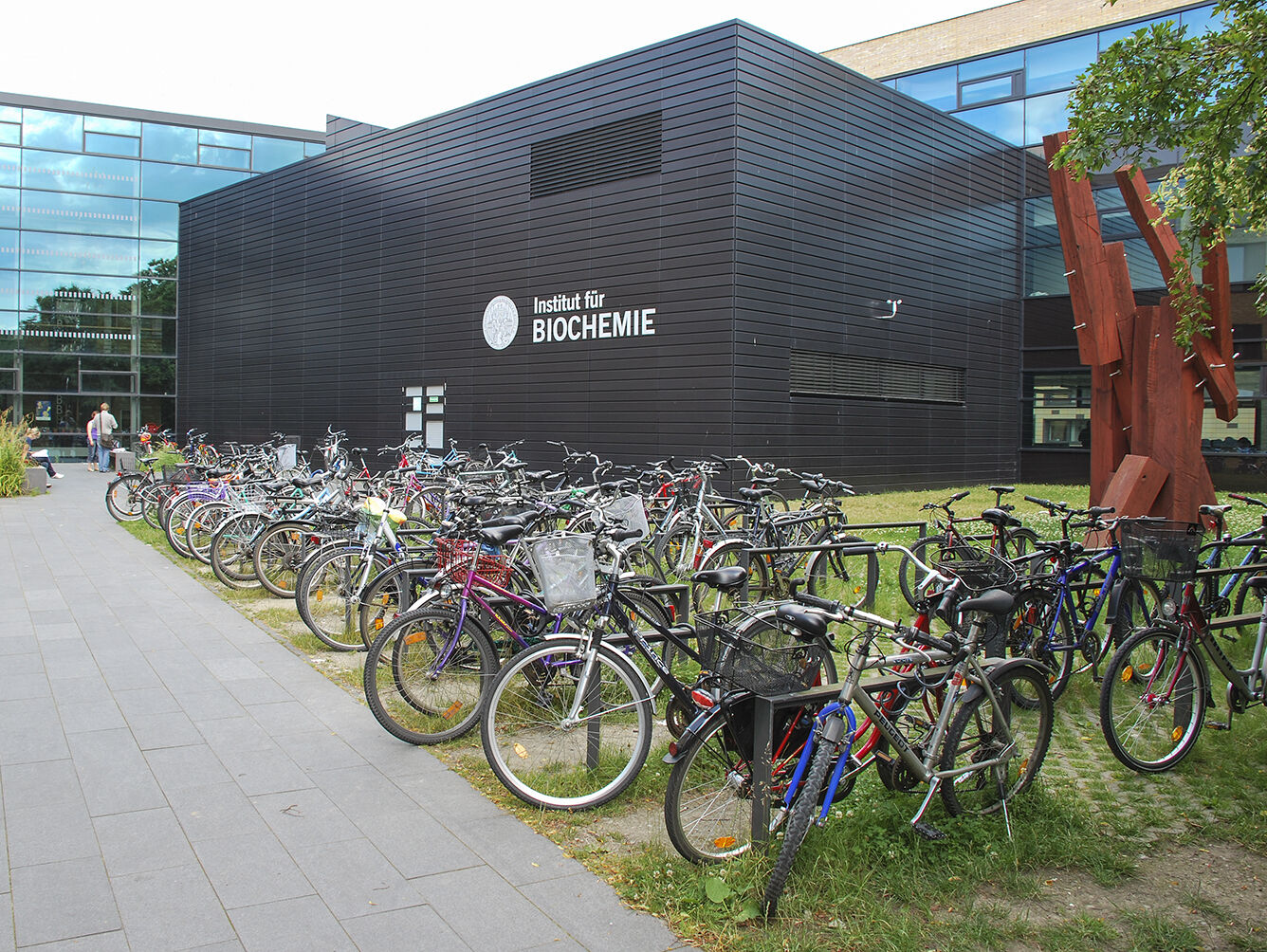Artificial intelligence, or more precisely machine learning, is not only revolutionising our daily lives, it has also become an essential tool for science. In structural biology, deep learning tools such as Alphafold2 or RoseTTAFold promise to provide protein structures at the click of a button. However, because these tools are based on extrapolating information from existing knowledge, they tend to underestimate the creativity of evolution in finding new applications for existing protein folds. Cryo-electron microscopy, on the other hand, as an image-based method, allows proteins to be visualised at near-atomic resolution without requiring prior assumptions about protein structure, and is therefore ideally suited to reveal such new applications for existing folds.
In my talk, I will use three recent examples from our lab - a light-sensitive protein that helps marine worms sense the phase of the moon, a synaptic scaffolding protein that helps our brain balance its activity, and an immunoreceptor protein that helps a plant defend itself against pathogenic fungi - to highlight the power of cryo-EM to reveal unexpected oligomeric assemblies and resolve them to near-atomic resolution, thereby improving our functional and mechanistic understanding of these proteins.
Kontakt
Institut für Biochemie
Felix-Hausdorff-Straße 4, 17489 Greifswald
Telefon +49 3834 420 4356
Michael.Lammersuni-greifswaldde

